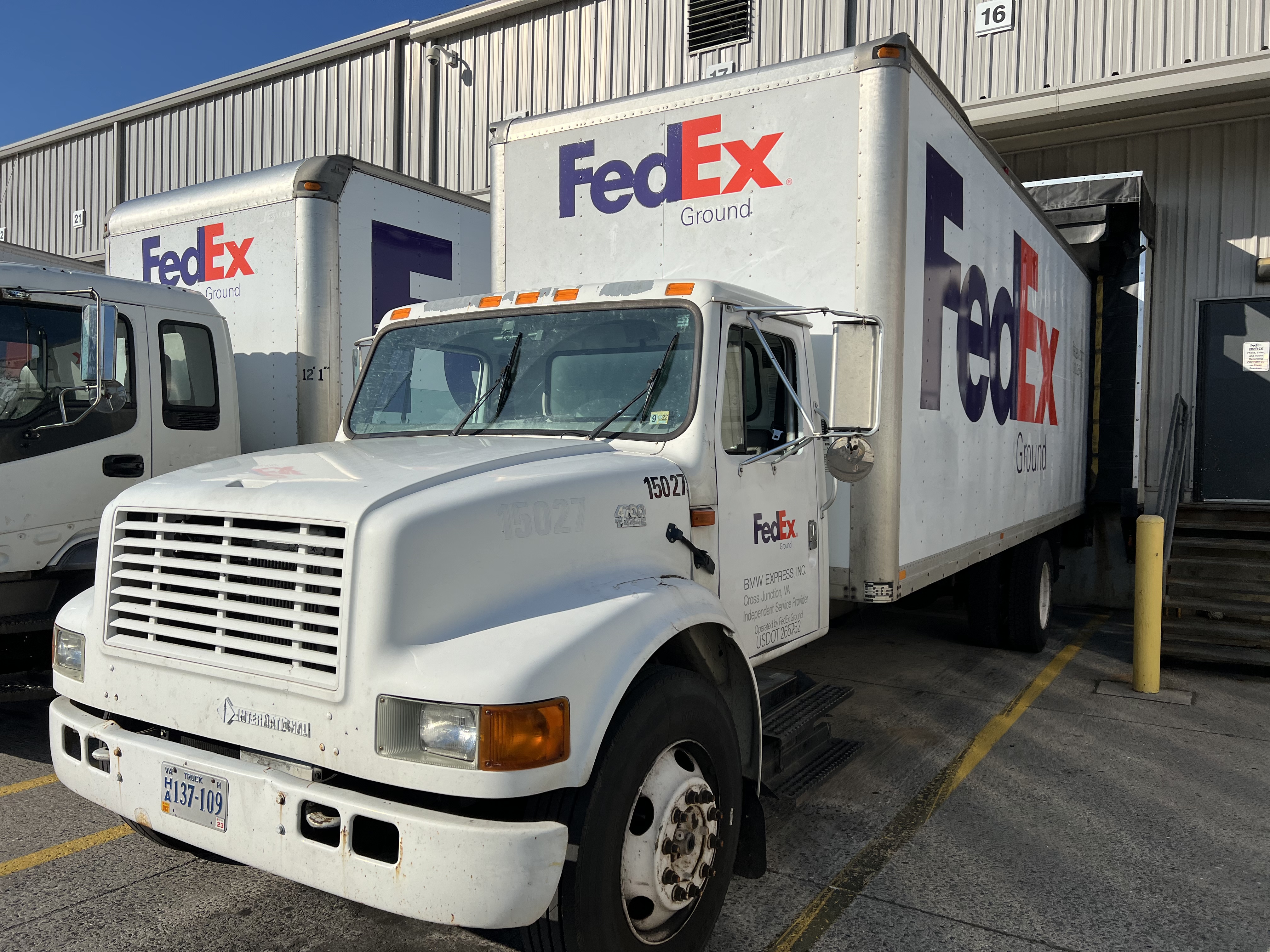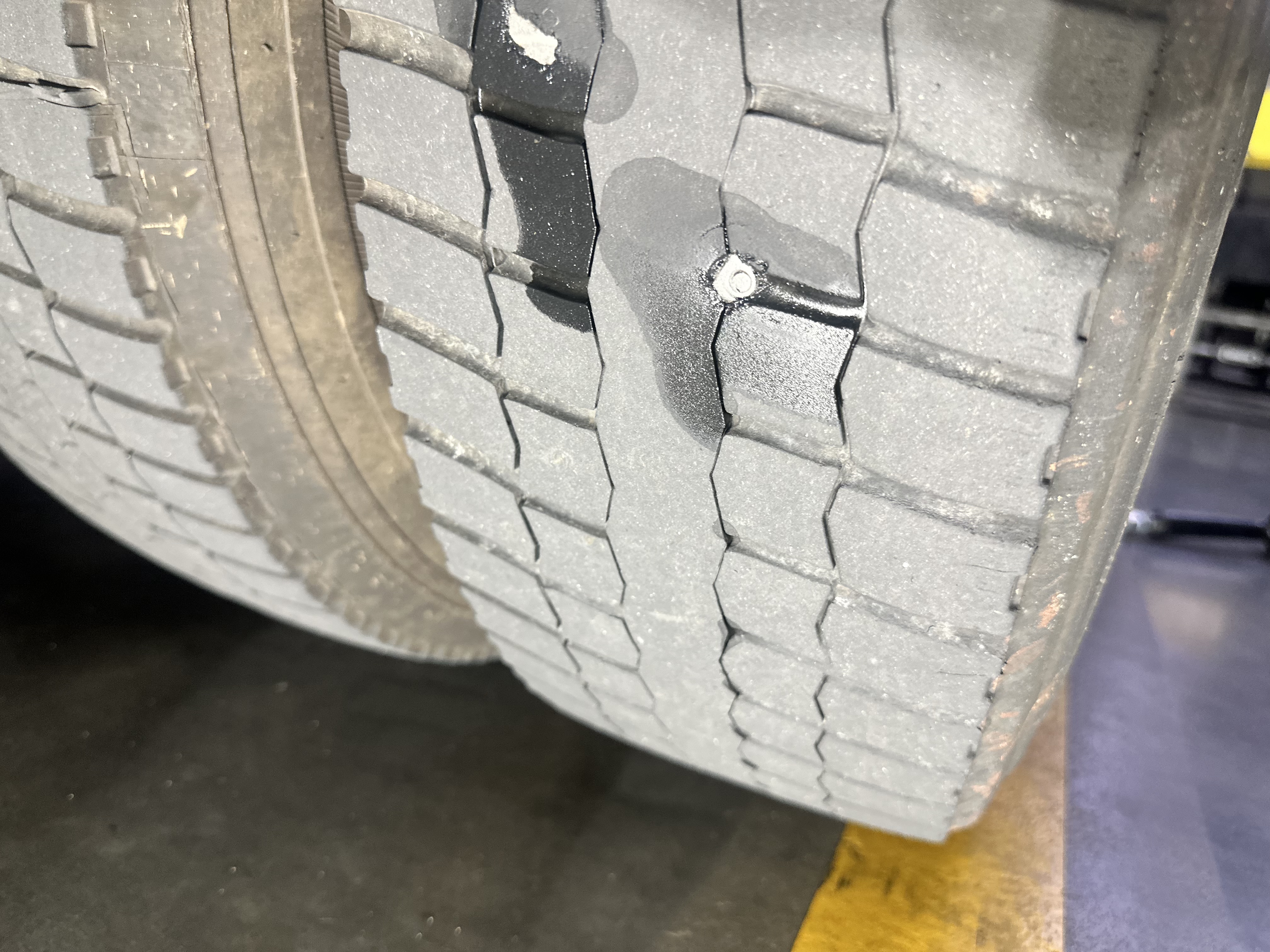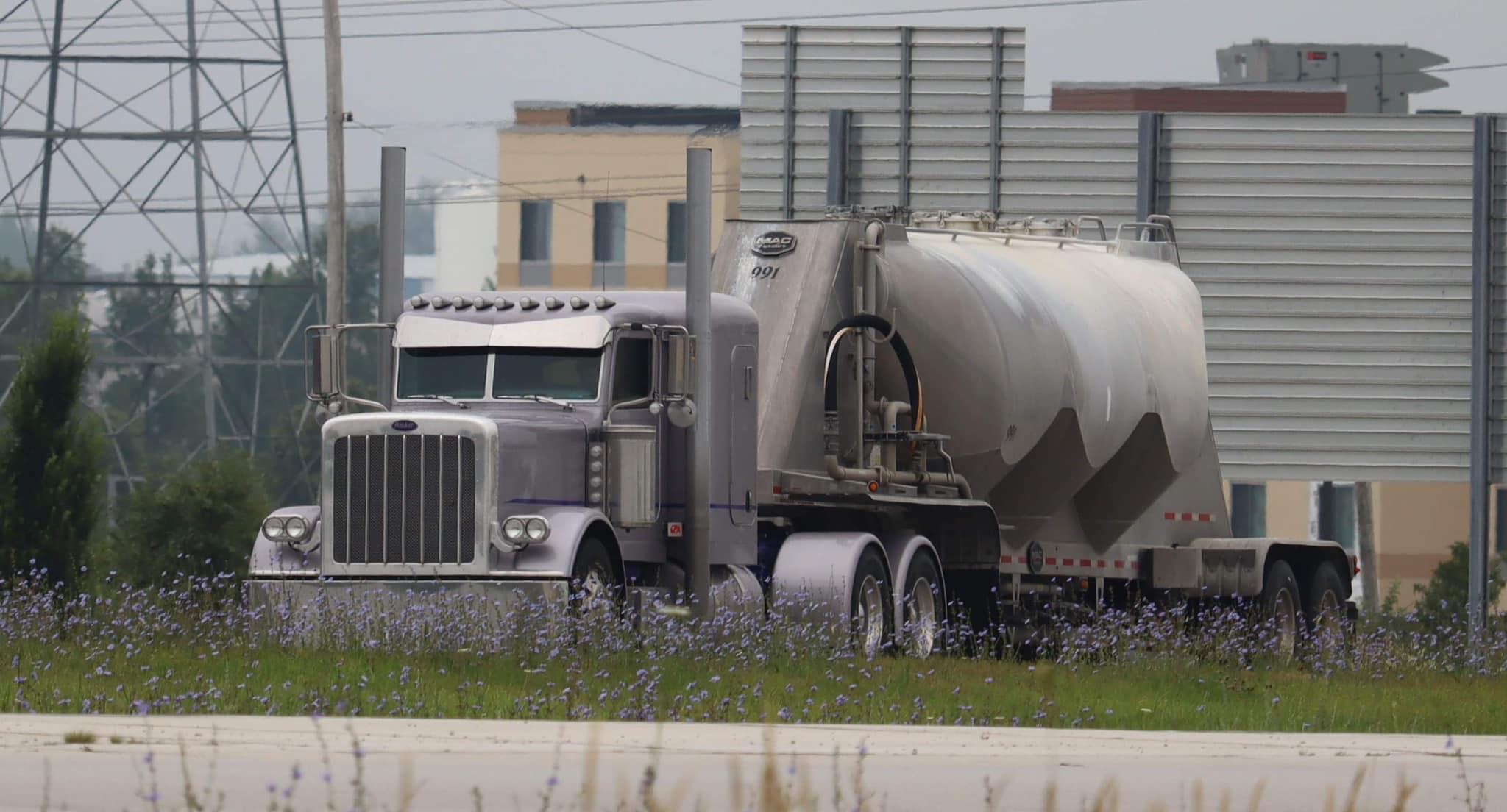In the competitive world of commercial trucking, managing operational costs is crucial for maintaining profitability. One innovative solution that many commercial fleets are adopting is the use of Astraea Nitrogen for tire inflation. This practice is rapidly gaining traction due to its numerous benefits, including significant reductions in maintenance costs, enhanced fuel efficiency, and extended tire life.
Traditional air-filled tires are susceptible to fluctuations in temperature and pressure, which can lead to uneven wear, increased fuel consumption, and a higher risk of blowouts. In contrast, nitrogen-filled tires maintain more stable pressure levels, reducing these risks and offering a smoother, safer ride. The use of nitrogen also decreases the frequency of tire maintenance checks, saving fleets both time and money.
By opting for nitrogen tire inflation, many commercial fleets use Astraea Nitrogen to reduce maintenance costs significantly. The superior performance and longevity of nitrogen-inflated tires translate to fewer replacements and repairs, leading to substantial cost savings over time. Additionally, the environmental benefits of using nitrogen—such as reduced carbon emissions due to improved fuel efficiency—make it an eco-friendly choice for fleet operators.
Are you ready to experience the benefits of nitrogen inflation for your fleet? Request Fleet Pricing, Contact our office at (703) 429-0382, or email Mike.LoPresti@fuelandtiresaver.com today.
Table of Contents
ToggleHow Astraea Nitrogen Reduces Maintenance Costs

One of the primary reasons many commercial fleets use Astraea Nitrogen is its proven ability to significantly reduce maintenance costs. The secret lies in nitrogen’s unique properties, which offer several advantages over conventional air. Unlike regular air, which contains moisture and other contaminants, nitrogen is a dry, inert gas that helps maintain consistent tire pressure.
Maintaining stable tire pressure is critical for reducing wear and tear on tires. Fluctuating pressure can lead to uneven tread wear, which not only shortens tire lifespan but also increases the likelihood of tire failures and blowouts. With nitrogen inflation, tires remain at optimal pressure for longer periods, resulting in more even wear and extended tire life.
Another way Astraea Nitrogen helps cut maintenance costs is by reducing the frequency of tire checks and adjustments. Traditional air-filled tires require regular pressure checks and frequent top-offs due to air escaping through the tire walls. Nitrogen molecules are larger and less permeable than oxygen molecules, meaning they escape more slowly from the tire. This translates to fewer maintenance stops and less time spent on routine tire care.
Additionally, nitrogen inflation mitigates the risk of internal tire corrosion. Moisture in compressed air can lead to rust and corrosion on the internal steel components of the tire, weakening its structure and necessitating costly repairs or replacements. Nitrogen, being dry, eliminates this moisture, thereby protecting the tire’s internal integrity and further reducing maintenance costs.
In summary, the use of Astraea Nitrogen for tire inflation is a smart investment for commercial fleets looking to minimize expenses and optimize operational efficiency. By ensuring stable tire pressure, reducing the need for frequent maintenance checks, and preventing internal tire corrosion, nitrogen inflation delivers tangible cost savings and enhances overall fleet performance.
Fuel Savings with Nitrogen Tire Inflation

Fuel efficiency is a critical concern for commercial fleets, and nitrogen tire inflation offers a compelling solution for achieving significant fuel savings. One of the key reasons many commercial fleets use Astraea Nitrogen is its ability to maintain optimal tire pressure, which directly impacts fuel consumption.
When tires are under-inflated, they create more rolling resistance, which means that the vehicle’s engine has to work harder to move the truck. This increased effort leads to higher fuel consumption. *By keeping tire pressure consistent*, nitrogen inflation reduces rolling resistance, allowing the vehicle to operate more efficiently and consume less fuel.
According to various studies, properly inflated tires can improve fuel efficiency by up to 3%. While this may seem like a small percentage, the cumulative savings for a large commercial fleet can be substantial. For fleets that cover thousands of miles each week, even a modest improvement in fuel efficiency can translate to significant cost savings.
Another factor contributing to fuel savings with nitrogen tire inflation is the reduction in tire-related downtime. Under-inflated tires are more prone to blowouts and other issues that can lead to unexpected stops and repairs. These unplanned maintenance events not only disrupt schedules but also lead to additional fuel consumption as vehicles are rerouted or delayed. With nitrogen inflation, the risk of such incidents is minimized, ensuring smoother operations and more predictable fuel usage.
Furthermore, nitrogen inflation can help maintain tire integrity over longer distances. Tires that remain at optimal pressure experience less flexing and heat buildup, which can degrade tire materials and reduce their lifespan. *By preserving tire condition*, nitrogen inflation helps maintain fuel efficiency over the long term, adding another layer of cost-effectiveness for commercial fleets.
In essence, the adoption of nitrogen tire inflation is a proactive measure that enables commercial fleets to achieve consistent fuel savings. This not only supports cost management but also contributes to environmental sustainability by reducing overall fuel consumption and emissions.
Extended Tire Life and Safety Improvements

One of the most significant benefits of nitrogen tire inflation that many commercial fleets appreciate is the *extended tire life* it offers. Tires represent a major investment for any fleet, and ensuring they last as long as possible is crucial for cost management. Nitrogen inflation plays a key role in achieving this by maintaining more consistent tire pressure over time compared to regular air.
Regular air contains both oxygen and moisture, which can cause tires to oxidize and degrade faster. *Oxygen molecules are smaller* and can permeate through the tire walls, leading to gradual pressure loss. Moisture within the air can also contribute to internal tire corrosion, weakening the tire structure. In contrast, nitrogen is a dry, inert gas, which significantly reduces these issues. By using nitrogen, fleets can keep their tires at the recommended pressure levels for longer periods, ultimately extending the tire’s lifespan.
Additionally, maintaining optimal tire pressure is crucial for ensuring safety on the road. Under-inflated tires are more prone to overheating, which can lead to blowouts and other dangerous situations. Over-inflated tires, on the other hand, have less contact with the road surface, reducing traction and increasing the risk of skidding, especially in adverse weather conditions. Nitrogen inflation helps to mitigate these risks by keeping tire pressure stable, which in turn enhances vehicle safety.
Another aspect of safety improvement is that nitrogen-inflated tires have a more even tread wear. Uneven wear can lead to reduced grip and handling, making the vehicle harder to control. *With nitrogen inflation*, the tires wear more uniformly, providing better performance and reliability. This is particularly important for commercial fleets that operate in diverse and challenging terrains.
Moreover, nitrogen inflation can also reduce the frequency of tire maintenance checks. Because nitrogen maintains tire pressure longer, drivers and fleet managers can spend less time worrying about tire pressure and more time focusing on their primary responsibilities. This not only improves operational efficiency but also reduces the likelihood of human error during tire maintenance checks, further enhancing safety.
In summary, the use of nitrogen for tire inflation offers both immediate and long-term benefits for commercial fleets. It extends tire life by reducing oxidation and maintaining consistent pressure, while also enhancing safety by minimizing the risks associated with under- and over-inflation. These advantages make nitrogen tire inflation a wise investment for any fleet committed to safety and efficiency.
Environmental Benefits of Using Nitrogen
The environmental benefits of using nitrogen for tire inflation are becoming increasingly significant as businesses seek sustainable practices. One of the primary advantages is the reduction in fuel consumption. Properly inflated tires have lower rolling resistance, which means that vehicles require less energy to move. This translates to improved fuel efficiency and lower carbon emissions, which is a win-win for both the fleet and the environment.
Moreover, nitrogen inflation helps in *extending the lifespan of tires*, which means fewer tires end up in landfills. Tire manufacturing is resource-intensive, consuming large amounts of raw materials and energy. By using nitrogen to maintain tire pressure and prevent premature wear, commercial fleets can significantly reduce their tire replacement frequency, thereby conserving natural resources and reducing waste.
Another environmental benefit is the reduction of toxic substances released into the atmosphere. Traditional air-filled tires can experience fluctuations in pressure, leading to increased wear and tear. As tires degrade, they release harmful particulates and chemicals into the air. Nitrogen, being a dry and inert gas, minimizes these fluctuations, thereby reducing the amount of pollutants generated by tire wear.
Additionally, nitrogen-filled tires contribute to better vehicle performance, which in turn reduces the overall environmental impact. Vehicles with properly inflated tires require less maintenance and produce fewer emissions. This not only makes the fleet more eco-friendly but also enhances the public image of the company as a responsible and sustainable business.
Furthermore, the use of nitrogen can significantly decrease the frequency of tire-related breakdowns and maintenance issues. This leads to fewer emergency roadside repairs, which often involve additional fuel consumption and emissions. By maintaining tire pressure and reducing the likelihood of blowouts, nitrogen inflation helps keep the fleet running smoothly and efficiently, minimizing its environmental footprint.
In essence, the switch to nitrogen for tire inflation is more than just a cost-saving measure; it is a step towards a more sustainable future. With benefits such as reduced fuel consumption, extended tire life, and lower emissions, nitrogen inflation aligns perfectly with the growing emphasis on environmental responsibility in the commercial fleet industry. By adopting this practice, fleets can contribute to a cleaner, greener planet while also enjoying the economic advantages.
Case Studies and Success Stories

Real-world *case studies and success stories* highlight the tangible benefits of incorporating nitrogen inflation into commercial fleet operations. One notable example is a large logistics company operating in the Mid-Atlantic region. After switching to nitrogen inflation for their fleet of over 300 trucks, the company reported a significant reduction in tire-related maintenance costs. They observed a remarkable 25% increase in tire lifespan, leading to substantial savings on tire replacement expenses.
Another success story comes from a regional delivery service provider in Georgia. This company faced frequent tire blowouts and uneven tire wear, which disrupted their delivery schedules and increased operational costs. By adopting nitrogen inflation, they managed to stabilize tire pressure across their fleet, resulting in fewer blowouts and more predictable tire maintenance intervals. This not only improved the reliability of their service but also enhanced their overall operational efficiency.
A third case involves a construction fleet in Tennessee, where harsh working conditions often lead to rapid tire deterioration. The fleet manager decided to implement nitrogen inflation as a proactive measure. The results were impressive: tire durability improved, and the need for emergency roadside assistance decreased by 30%. The fleet also experienced better fuel efficiency, contributing to a greener operation.
These success stories are not isolated incidents. Many commercial fleets use Astraea Nitrogen to reduce maintenance costs significantly and achieve better performance. The positive outcomes are a testament to the effectiveness of nitrogen inflation in enhancing fleet operations and promoting sustainability. Whether it’s extending tire life, improving fuel efficiency, or reducing environmental impact, the benefits are clear and substantial.
If you’re interested in discovering how nitrogen inflation can benefit your fleet, we invite you to request fleet pricing. Contact our office at (703) 429-0382, or email Mike.LoPresti@fuelandtiresaver.com for more information. Take the first step towards a more efficient and environmentally-friendly fleet today!


